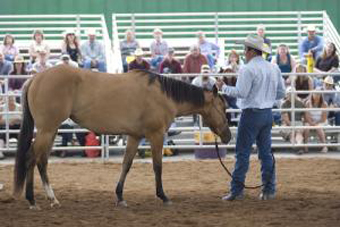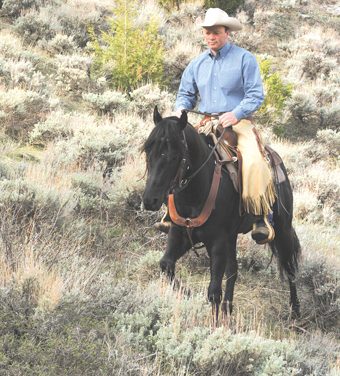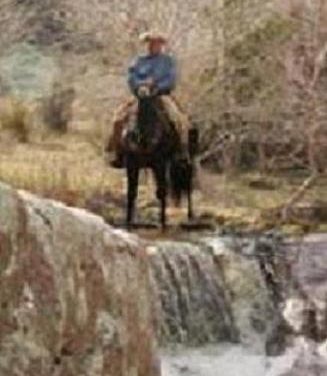Flying Lead Changes
Flying lead changes… just the mention will chill the blood of many experienced riders. This month, we are going to break down the fundamentals of flying lead changes and simplify them. With the right foundation in place, they are not that hard!
Read More






